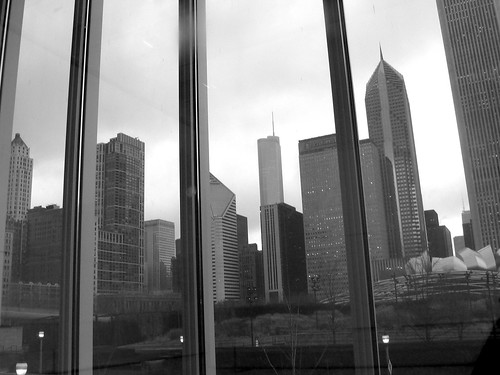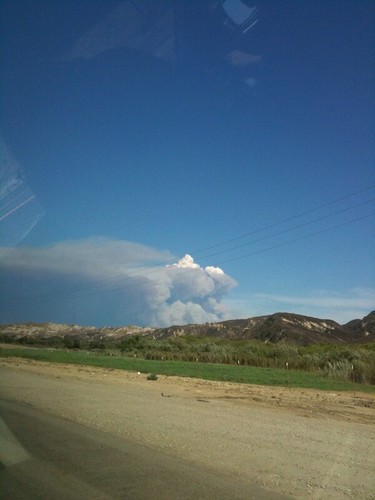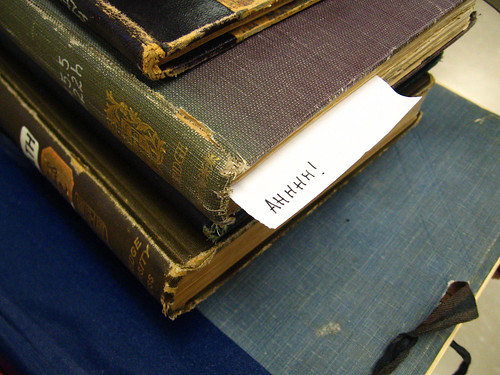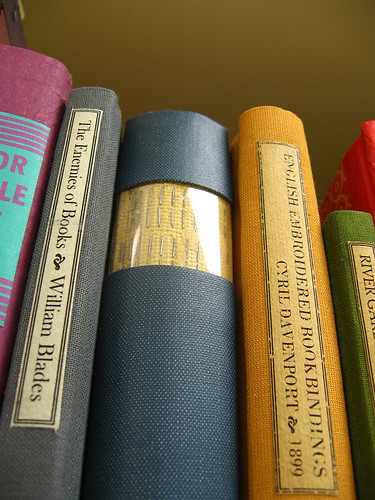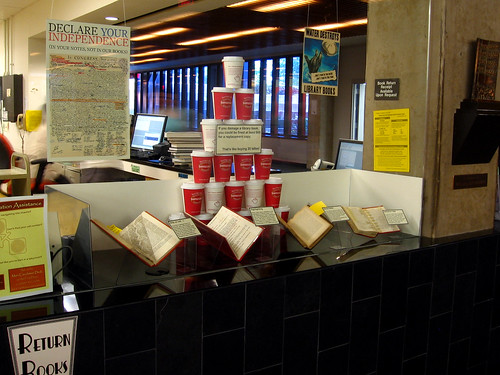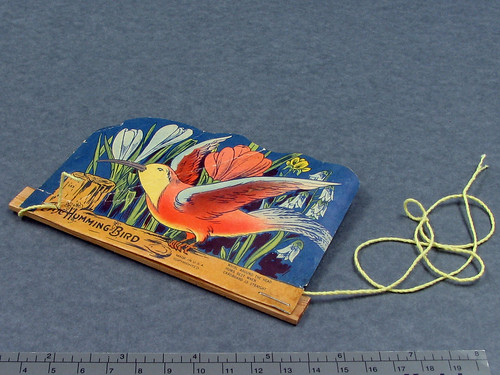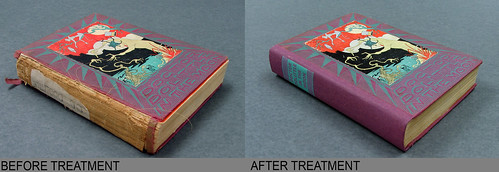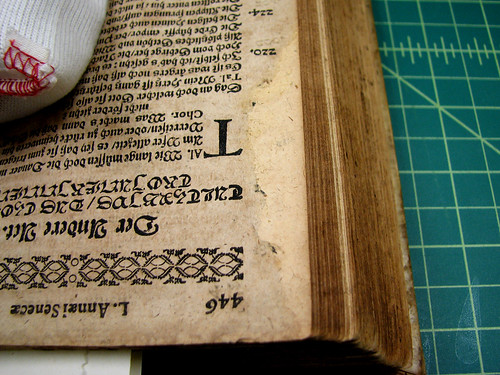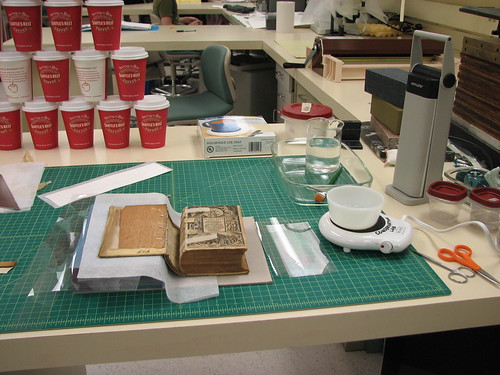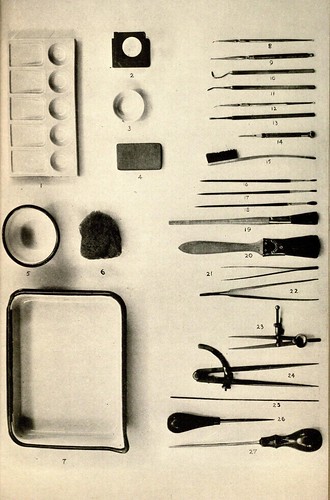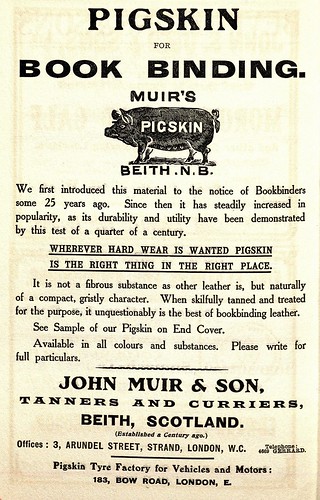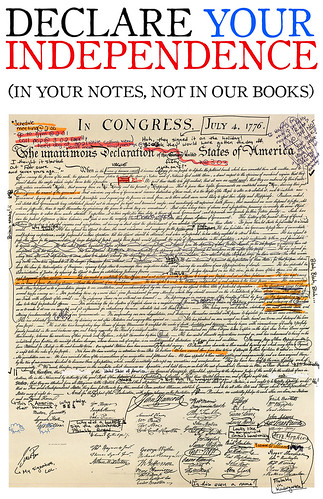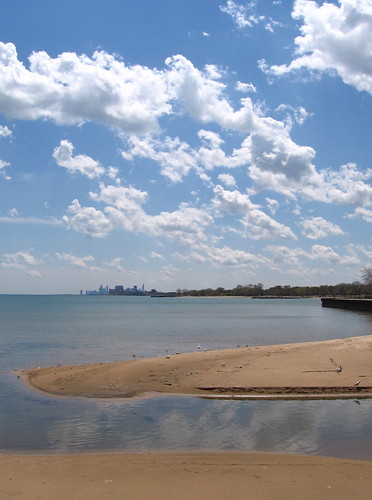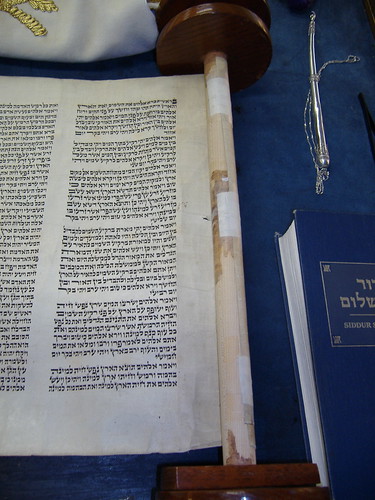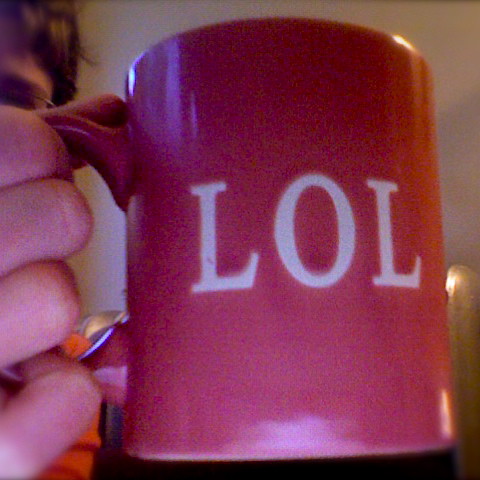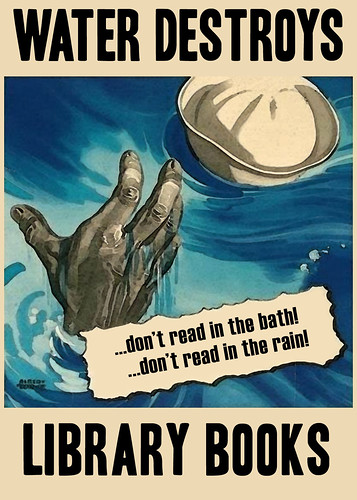Thursday, December 31, 2009
Sunday, November 29, 2009
Monday, October 26, 2009
My So-Called Green Thumb

In the interest of full disclosure, here is the list of all the plants currently residing in my apartment:
Indoor Plants
3 Polka-dot plants (Hypoestes phyllostachya)
3 Caladiums/elephant ears (Caladium bicolor)
2 Philodendrons
3-4 Kalanchoe of 2 varieties
1 Escheveria
1 Aloe plant
1 Jade Plant, Gollum variety (Crassula ovata 'Gollum')
1 Maidenhair fern (Adiantum pedatum)
1 Boston fern (Nephrolepis exaltata)
1 Spike/Blue Dracaena (Cordyline indivisa)
1 Vinca vine (Vinca minor)
2 Basil plants
1 Scallion
1 Thyme (Thymus vulgaris)
1 Rosemary (Rosmarinus officinalis)
1 Dracena marginata (rescued from an alley)
1 Poinsettia (Euphorbia pulcherrima)
3 Moss terrariums with moss from Berkeley, CA and the Seattle area
1 Asparagus fern (Asparagus aethiopicus)
3 Spider plants (Chlorophytum comosum)
Outdoor Plants
1 Japanese Maple var. Seiryu (Acer palmatum)
2 Chrysanthemums (one from the local Dominick's grocery store, and one fancy variety from the Gethsemane garden store)
1 Scarlet Leader Willowleaf (Cotoneaster salicifolius)
Annnd just because I can, here are all the aquatic plants in my two aquariums!

2 Broad-leaf sagittaria (Sagittaria platyphylla)
3 Dwarf lilies (Nymphaea stellata)
1 Anubias hastifolia
Several specimens of Cryptocoryne, including wendtii and balansae
Several java fern (Microsorum pteropus)
Clump of Lilaeopsis
Lots of hornwort (Ceratophyllum demersum)
Lots of Hygrophila polysperma
Clump of Creeping Charlie (Micromeria brownei)
Clump of Rotala (Rotala indica)
Java moss (Versicularia dubyana)
Sunday, October 25, 2009
State of the Suzy Address (or how I spent my summer vacation and autumn unemployment)
Yes, the rumors of my demise were but mere fabrications. Long story short, I'm still living in Chicago - my wonderful internship at the Northwestern University Library ended back in August, I promptly went on a week-long California vacation, and then I moved to a new apartment the day after I returned from vacation. Note to self: Don't move the day after you get back from vacation, is bad.
I spent the last month and a half unpacking boxes, whipping the apartment decor into shape, building up my little workshop/studio, reading "Y the Last Man", catching up on 30 Rock and Mad Men, terrorizing the squirrels that keep trying to dig up our balcony garden, and generally being one of the millions of unemployed. I am aware that I have proverbially shot myself in the foot for wanting to stay in Chicago (instead of moving to "wherever the job is", as they say) but even in a city as big and culturally-instituted as Chicago, the pickings have been slim. Fortunately, I've managed to pick up some work here and there - such as working on someone's private archival collection and teaching a virtual class on online portfolios for a group of undergrad conservation students at Winterthur.
I have come to realize, though, that there is a need for some kind of business training in any kind of fine-arts (i.e. conservation) education. I know there's the CIPP group of AIC, but in school we were discouraged from going into private practice at the start of our careers. While I still think it's not the greatest move to go into private practice as your first job (post-internship), but in this economic climate I feel that it's prudent for me to branch out and look for what freelance work I can get. Certainly, I know my limits, both in terms of skills and what materials and equipment I have access to: I have no washing sink, no board shear, no bookpress, no fume hood - so I'm not about to start taking on projects that are more than I can handle. But I have other skills that I can market - my ability to design and edit webpages with HTML and CSS, my Photoshop skills, the fact that I went to Library School and have an MSIS degree. Still, we weren't offered any classes in small-business skills, such as the basics of how to write up a legally-sound contract, how to choose your rate, how to estimate how long a project will take, how to protect yourself from liability and how to file your taxes as a freelancer.
I'm sure there's a plethora of books about all these topics, but certainly none from a conservator's or archivist's perspective (if there is, please let me know and I'll buy it in a heartbeat!) - but I'm starting to think that teaching new conservators about good business sense is a lot like teaching sex-education to teenagers (stay with me, now!). Showing someone how to protect themselves and practice safe sex does not mean you're encouraging them to become sexually active before they're ready, or even condoning sex at all - rather, they will be prepared and thus, safe, when that day inevitably comes. It's a lot better to have the information before-hand than to try and learn it as you go, and make some possibly life/career-threatening mistakes. I'd love to know if there are any conservation programs that provide classes on the business skills necessary for going into private practice. Maybe my experience in the UT program was different because of the Library School aspect (there's not a lot of freelance librarians, methinks).
ANYWAY, I will end this wordy post with a picture of me pretending to be a Chicago-style hotdog. If you go to the Chicago History Museum, you too can be a hot dog!

Saturday, August 29, 2009
Tuesday, August 11, 2009
Monday, August 10, 2009
AHHHH!
Note found in a book during preservation evaluation this morning. It succinctly summarizes my morning: my phone is broken and Climate Notebook is on the fritz again. Ahhhhhhhh!
Friday, August 7, 2009
I am the mongoose whisperer...
Scratch at the window, mongoose, scratch! You will do my bidding!
(We went to the Lincoln Park zoo last weekend...)
German staple binding with mylar window on the spine
I've seen several staple-bound, or wire-bound, books while at Northwestern. All of the ones I've seen have been either German or Russian. This particular book was withdrawn, and I wanted to do a reback on it...however, I've done so many rebacks already! Then I decided that I wanted to keep it more as an example of this interesting kind of binding, so I put a little window on the spine while I was repairing it. Now it is functional again AND you can see the staples on the spine!
Audra at The Vespiary has also posted about staple bindings.
Monday, August 3, 2009
Friday, July 31, 2009
Wednesday, July 29, 2009
Dr Dolittle in the Moon: Before and After
I bought this book for $2 at the Evanston Public Library book sale. It had no spine at the time of purchase. Doctor Dolittle in the Moon was published in 1928 - this version is the first edition. Here's a gallery of all the various editions!
Tuesday, July 28, 2009
Return of the Evanston map!
The oldest printed map of Evanston -- discovered several years ago on the verge of disintegration -- has been vibrantly restored and made freely available online by Northwestern University Library.
"This map is a very rare and important piece of Evanston's history," says University Archivist Kevin Leonard, "and the conservation staff here did an incredible job bringing it back from the grave."
Published circa 1876 by local surveyor and mapmaker Theodore Reese, the map appears to be the earliest published plat of blocks, streets and alleys in all three of the separate villages -- north, south and central -- that eventually merged into the incorporated City of Evanston. "So it's valuable as a relic of Evanston's past," Leonard says, "but it also continues to be of use to anyone researching the history of their own or other Evanston real estate, because these were some of the earliest legal property boundaries."
Here is the video about the map's treatment and digitization. My arm is featured prominently, but there's also a shot of me (at 2:20 in) helping Susan place a piece of lining tissue on the back.
Library Restores and Digitizes Oldest Known Map of Evanston from Northwestern News on Vimeo.
Friday, July 24, 2009
Take action! Help save the Kilgarlin Center's Conservation program!
As many of you know, the Conservation Certificate of Advanced Study program of the School of Information at the University of Texas at Austin is in jeopardy. Since 1992, the program has been successful in obtaining external funding to support a range of program activities, including key full-time and adjunct faculty positions, conservation lab supplies and equipment, student internships, doctoral fellowships, visiting lecturers, and conferences. Unfortunately, the program's support from NEH, which has long funded the two conservation instructor positions (the backbone of the conservation program's curriculum), will end August 31, 2010. Without these positions, the Kilgarlin Center for Preservation of the Cultural Record will not be able to offer the Conservation Certificate program.
No conservator students were accepted for this upcoming academic year so that an in-depth program review could take place. That review is in its final stages and has mapped a transformative future for the program. Grant, foundation, and private funding are beckoning but will require the University of Texas at Austin to demonstrate evidence of institutional support. The School of Information has constructed wonderful new conservation labs in its new facility (http://www.ischool.utexas.edu/about/move.php), but they won't have a single conservator student to put in them if they don't have funding in place by October 2009 for the coming years. Funding for the two instructor positions must be stabilized immediately.
Your assistance is requested in the form of letters to Vice President and Provost Stephen W. Leslie that request University support of these two conservation instruction positions and that document the program's importance to the field. University funding for even one of these positions will enhance the Kilgarlin Center's ability to attract external foundation or private funding for the other position. Many of you are alums, many others employ Kilgarlin Center grads, and nearly all of you are familiar with the Center's singular role as a library and archives conservation education program. Thank you for your support.
Hard copy letters can be mailed to:
Steven W. Leslie
Executive Vice President and Provost
University of Texas at Austin
1 University Station, G1000
Austin, Texas 78712
sleslie@mail.utexas.edu
Please email copies of these letters to Dean Dillon and Ellen Cunningham-Kruppa:
Andrew P., Dillon
Dean, School of Information
adillon@ischool.utexas.edu
Ellen Cunningham-Kruppa
Director, Kilgarlin Center for Preservation of the Cultural Record
e.cunnk@mail.utexas.edu
- - - - - - -
Holly
CAS, Conservation Studies - 2005
Wednesday, July 22, 2009
Monday, July 20, 2009
Tuesday, July 14, 2009
Friday, July 10, 2009
ALA 2009
Anyway, short update: Suzy's current life plan=stay in Chicago.
Also, I found this awesome publisher's binding at the Evanston Public Library book sale about two weeks ago. It is a first edition of "Doctor Dolittle Goes to the Moon", with bright magenta and teal covers and crazy printed endpapers. It is missing its spine but the textblock was in fine shape. And all for the price of $2. <3

Thursday, June 11, 2009
Socially Networked Preservation
Monday, June 8, 2009
Wednesday, June 3, 2009
Thursday, May 28, 2009
Wednesday, May 27, 2009
Declare your independence (in your notes, not in our books!)
Back from AIC
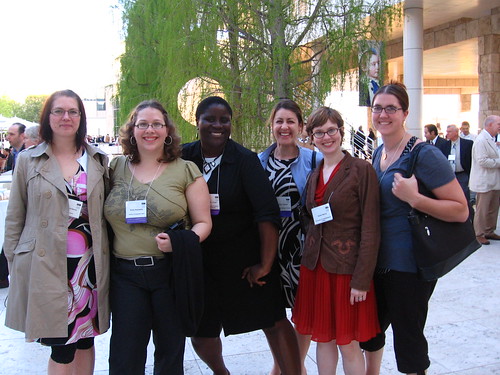
I have since returned from AIC in a sunny but chilly LA, to a decidedly cool and rainy Chicago. Apparently word is that it got up to 80 something in Chicago while I was gone and was generally gorgeous.
Anyway, just a brief note to mention that Dan Cull has put up a coherent summary of all the Web 2.0 madness that took place under everyone's noses.
Friday, May 22, 2009
Digital surrogates (aka Photoshop for conservation)
When to use digital surrogates instead of inpainting by hand:
*can make large time commitment
*area of loss is too large to reproduce by hand
*have access to a copy of same print
Sadly, he chose to use the magic wand tool instead of the much more accurate and powerful "Select Color Range" tool.
I appreciated that he showed each step of his image-altering and print-setup process. Also, he used 4 separate images of the same replacement print to create a "best fit" montage. On top of that, he also had to choose the right kind of paper to match the original print itself. I know from personal experience that this can be a royal pain in the tuchis. And then Golden acrylics came out with a Digital Ground for preparing materials to accept inkjet inks. Which unfortunately is soluble in water, but Golden is working on make a less-soluble version of their Digital Ground.
In the end, though, Novak created a more than acceptable surrogate without the use of the Digital Ground.
Thursday, May 21, 2009
LIbrary and Archives collections discussion groups @ BPG
Anne Hillam (New York Academy of Medicine) and Renate Mesmer's (Folger Shakespeare LIbrary) talk "The Use of Rubber Cement for Facing Leather Spines: A Viable Option?" was fascinating. They described their experimental use of rubber cement (boo! hiss!) to face fragile leather on tightback spines before lifting them. Their method consists of applying a microcrystaline-wax barrier layer to the leather, then a layer of rubber cement followed by plastic wrap. Once it has dried, you then can lift the leather as usual and sand the flesh layer down as necessary. Once the spine has been readhered to the book, the plastic wrap can be peeled away the rubber cement just rolls right off mechanically. Like picking dried Elmer's glue from your fingers when you were a kid, I reckon. They also heartily encouraged all of us to try out this method for ourselves and to do our own research on its effectiveness and any potential drawbacks.
Priscilla Anderson and Sarah Reidell had a great 2-part talk about Adhesive Pre-Coated Repair Materials. They also gave out an impressive handout of both how-to's and recipes for a variety of pre-coated adhesive repair materials. And their presentation included some how-to videos that I would love to see online. Same goes for the handout! Their handout would make for some great wiki/blog material, esp if people could chime in with their own experiences or recipe-tweaks.
EDIT: PDFs of the handouts from today's Library Collections Conservation Discussion Group talks can be found here.
Heat-set tissue tips:
*use large piece of glass over tissue, over object, then place heating pad on glass for several hours until tissue is activated & sticks
*use of resins/Beva to infill leather losses - moldable & can be tinted
*wet out pre-coated berlin tissue using Klucel G to avoid adding extra solvent (I think?)
Wednesday, May 20, 2009
Conservation 2.0 (WiFi not included)

see more Fail Blog
AIC is not ALA
Best talk thus far has been Joyce Stoner's "Conservation 1.0" which was really like "All you wanted to know about the history of art conservation but were afraid to ask...in 20 minutes". Of course the finer points of what was and wasn't included can be argued about ad nauseum, but it was informative nonetheless. Would make a great video if it were remixed ala Battlestar Galactica's 8-minute recap video "What the Frak?"
Finally met Richard McCoy, a la "Hi, we've never met but I know you from the internet!" Maybe there should be "blogger" ribbons for next year's AIC, like they have at ALA. OR we could all wear funny hats with large ostrich feathers to pick each other out of the crowd.
Still thinking about whether or not the Web 2.0 communication style is "in our DNA" (per Richard) like it is for librarian-types and museum folk. Conservators seem to not be as quick to embrace this sort of open-source, collaborative, information-explosion type of communication...but there are many exceptions regardless.
Friday, May 15, 2009
Crazy bicycle route of today
Also, the pot holes in this city are some of the worst I've ever seen.
View Larger Map
Wednesday, May 13, 2009
Portfolio website
"The pages below are not treatment reports, but an informal tour through the treatment, with consideration of issues they raise that I find interesting, much like what I would during a studio tour"
One of the things I really want to add is some bibliographic or historical information about the various objects I've worked on. Author biographies, brief historical notes about the binding style , printing technique, or the content of the object (like the Ira Aldridge broadsides). I've even researched the biographical information of the lady who left her name inside the Journal of Health book. These sorts of things just don't have a spot in the treatment report forms I've used in the past, but I think they're an important part of the object's history and also help provide some context for the treatment and the collection/library it came from.
Finally, I also want to write up more of a treatment "walk-through", to outline more of the decision-making process that goes into each step of a treatment. With the current layout, you can't really get the sense of how I started out with one approach but ended up using a different method than originally planned. I also like pairing up the "before and after" photos, even though this is most effective with those "Conservation, Wow!" treatments with the most dramatic outward changes.
Sunday, May 10, 2009
Thursday, May 7, 2009
Wednesday, May 6, 2009
Tape is NOT KOSHER.
From the description: "At the very beginning where the parchment is attached to the roller, some genius used tape to patch tears. This makes the Torah not kosher. & it ruins the parchment."
...whodathunkit that tape was not only evil but also not kosher!
Monday, May 4, 2009
Book Oiler's Delight
As seen at the Newberry LIbrary. Some things you just don't want an explanation for...
Tuesday, April 28, 2009
Wednesday, April 8, 2009
Wednesday, April 1, 2009
Ira Aldridge Theater broadsides
 (Image from this website, "Shakespeare in American Life").
(Image from this website, "Shakespeare in American Life").Ira Aldridge was an African American actor who was known as the "African Roscius" and had top billing at theaters in England. He is the only actor of African American descent among the 33 actors of the English stage with bronze plaques at the Shakespeare Memorial Theatre at Stratford-upon-Avon (see the Wikipedia article).
Before [Left] and After [Right] conservation treatment


Before [Left] and After [Right] conservation treatment


Tuesday, March 24, 2009
Plants making babies.
Also, I wish I remembered what this plant is...I need to replant it into a bigger pot, but it's lived successfully in a tiny ceramic shoe for almost two years now.
LEGOs
Thursday, March 19, 2009
Better is the enemy of good.

1) Underline with red pencil.
2) Use white-out to cover up red pencil underlining.
3) Use a pen to write the words back in that you painted over with the white-out.
Monday, March 2, 2009
New fish.
On Sunday, Chris and I got some more fauna for my aquariums. I also picked up some test kits (finally!) including one for iron. The guy at the fish store was impressed that I got the iron testing kit, which made me feel better after previously getting into a geeky argument with two of the other employees about the merits of Siamese Algae Eaters versus the merits of Thai Flying Foxes. The jury is still out on that one.
- 2 mystery snails
- 1 giant, filter-feeding wood shrimp
- 3 Amano algae-eating shrimp
- 1 croaking gourami
Wednesday, February 25, 2009
An appalling lack of breakfast tacos (or reason #5 why I miss Austin)
But there are no breakfast tacos to be had. :(
Tuesday, February 24, 2009
Barbie models the tiny Bible



